EDITOR’S NOTE: A few weeks ago we had the pleasure to speak with filmmaker Alexander Thompson about his upcoming short film Em & Selma Go Griffin Hunting. The special effects-laden short took quite a bit of artistry and creature creation. Thompson offers a chance to look at the development of the title creature and explains the process below.
The below walks you through the design process for our formidable North American Female Common Griffin in Em & Selma Go Griffin Hunting.
Step One – Initial Concept – Exploratory Sketches
Concept artist Mike Luard worked closely with director Alex Thompson creating 2D depictions of what the formidable Queen Griffin might look like. These initial exploratory sketches culled inspiration mostly from vultures, giraffes and lions, seeking an original and unorthodox, less classically “beautiful” take on a griffin. This was the result:
Step Two – Modeling & Re-Design Stage
This phase saw noted creature asset artist Greg Strangis (Hellboy, Antlers, Scary Stories to Tell in the Dark, Halo TV Series) take over design and sculptural duties as the film moved forward into pre-production. Using Mike Luard’s designs as a starting pointing, elements were refined to give the Queen a more biologically-plausible foundation and functionality. Real-work references included equines, bovines, birds of prey, camels and other large quadrupeds.
At this stage budgetary considerations and other technical considerations are also made, however. For example, feathers were deemed too expensive and time-consuming for modeling and simulation, so this element was re-worked into wings inspired by flying foxes and other large bat species instead. This phase includes all final design considerations in shape, form and functionality. This is also where our rigging team gets involved, to decide on practical considerations as to how the body morphology choices will impact the Queen’s movement. Rigging is a complex process by which the inert 3D model is then allowed a full range of functional movements encompassing everything from blinks to flight and everything in between, and requires a choreographed effort between the asset artist, rigging artist and later the animators as well. Riggers are, in some ways, the secret heroes of the CG character pipeline, often having to make revisions that reflect ongoing needs of the animators.
Phase 3 – Groom, final coloration and look development
This is where the final bells and whistles are factored in: coloration, fur grooming and secondary anatomical details like skin tags, small sessions in the wings, etc. in a way the “story” of the creature’s lived-in past are cemented here visually. Lighting information captured during production is used to finalize the manner in which the creature’s coloration will read in the final film, though this is often additionally tweaked downstream by the lighting artists responsible for shot-specific lighting needs.
You can also enjoy the video interview with Thompson and star Milly Shapiro here.
Alexander Thompson and Milly Shapiro INTERVIEW - Em & Selma go Griffin Hunting
One Comment
Comments are closed.


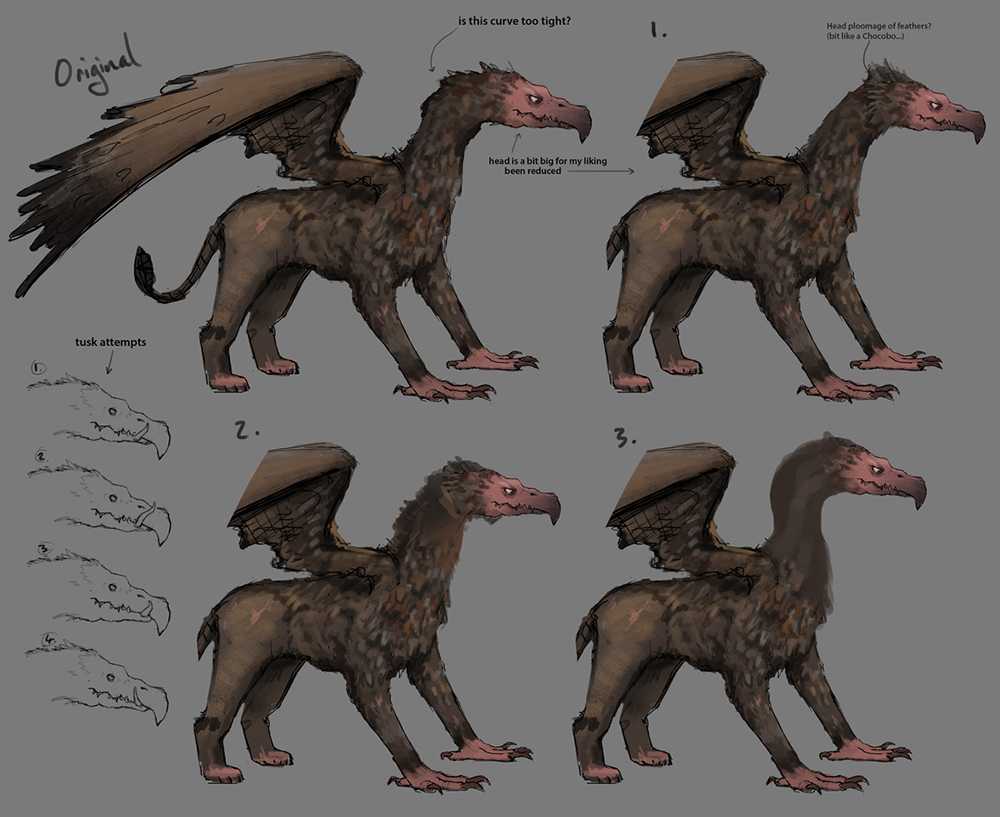
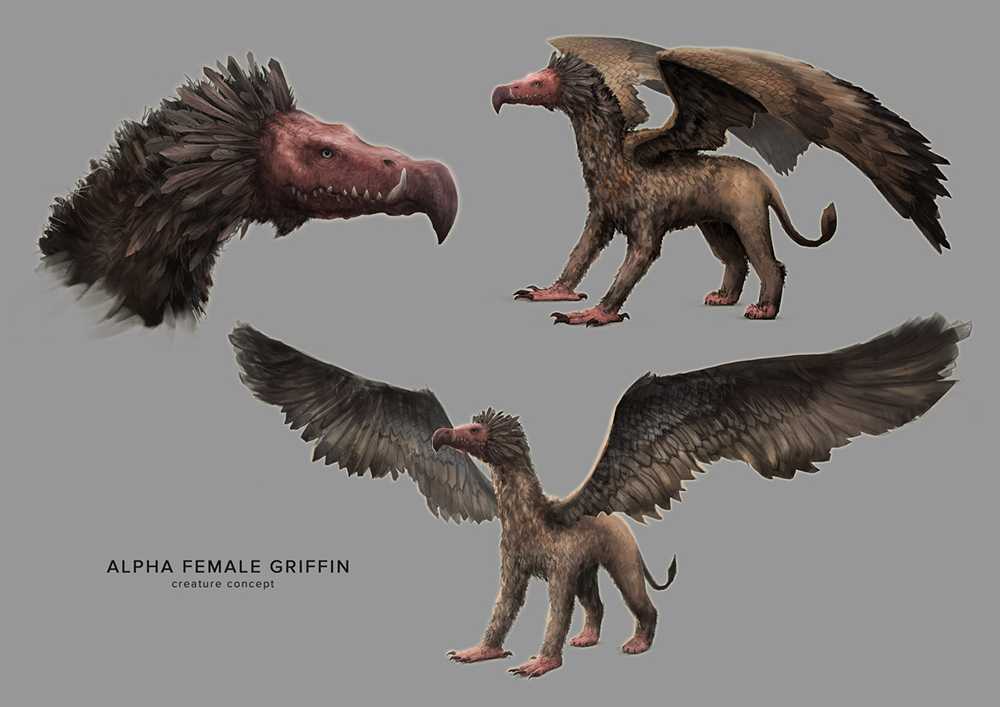

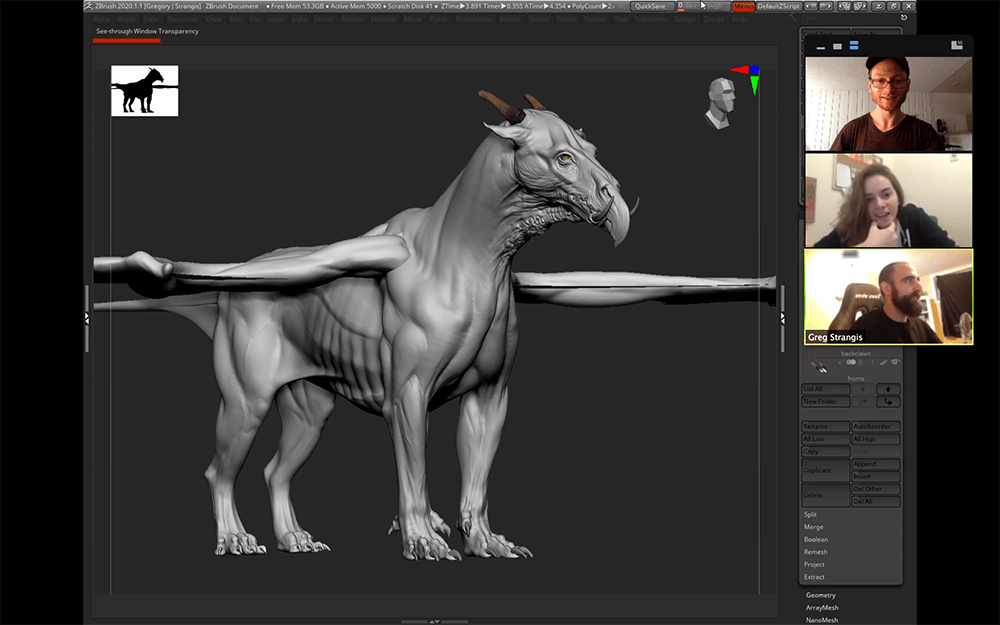
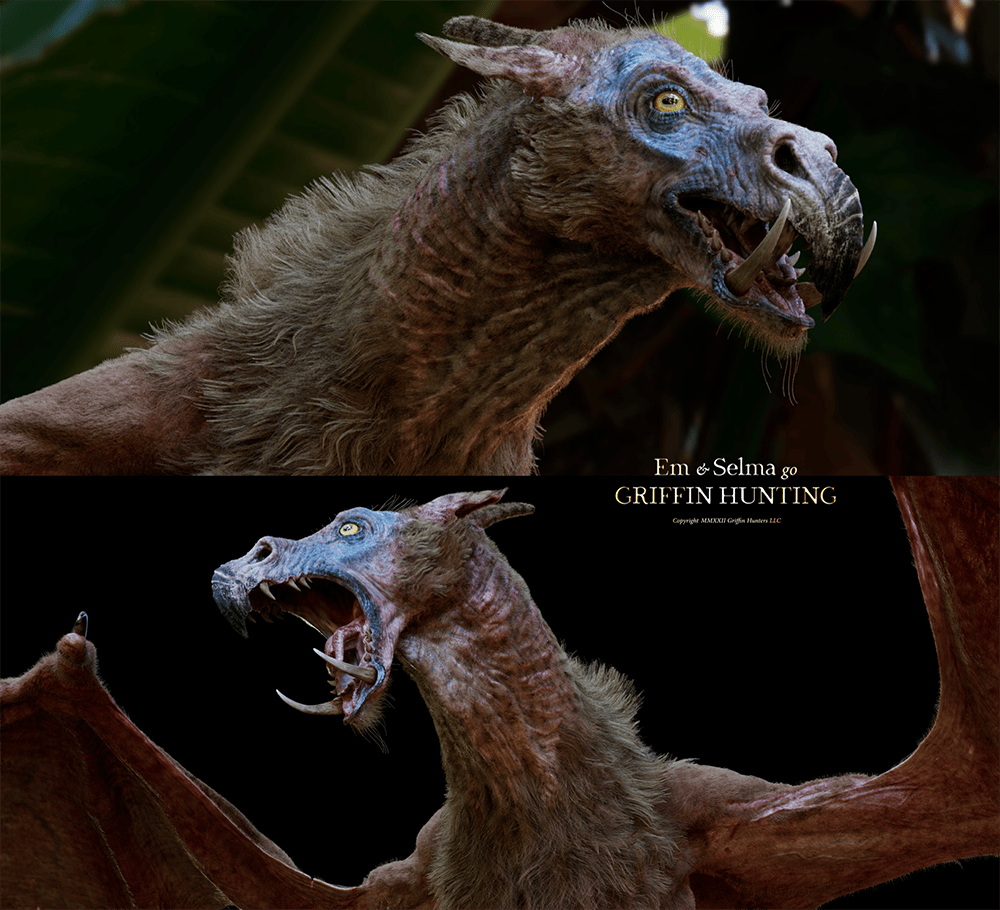
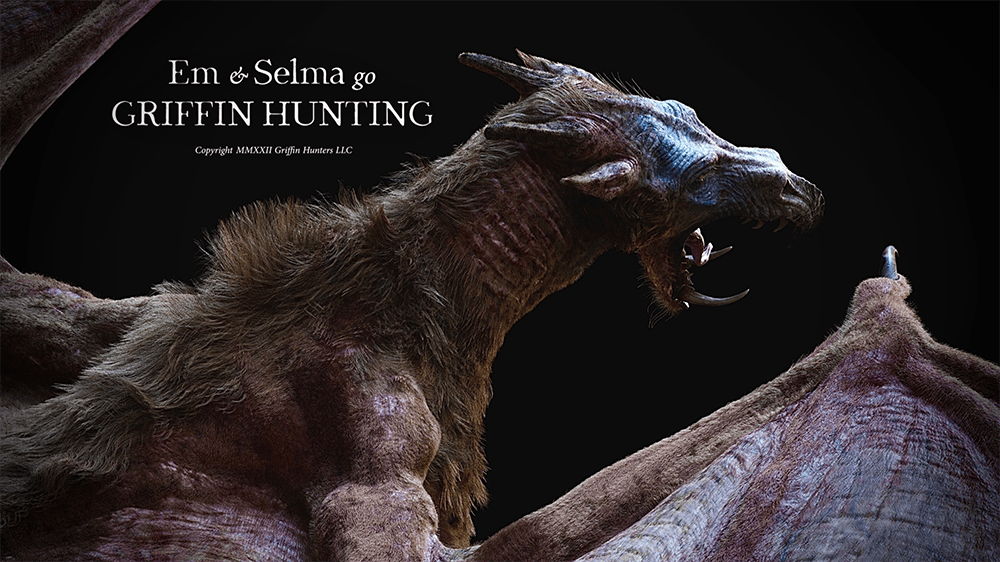
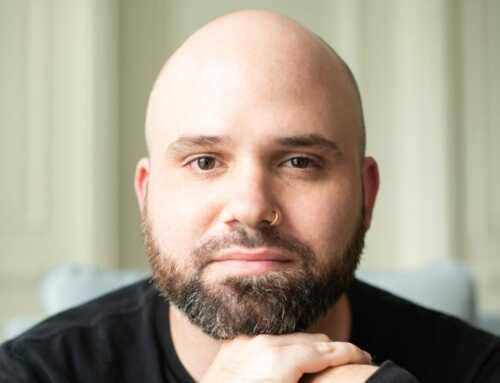
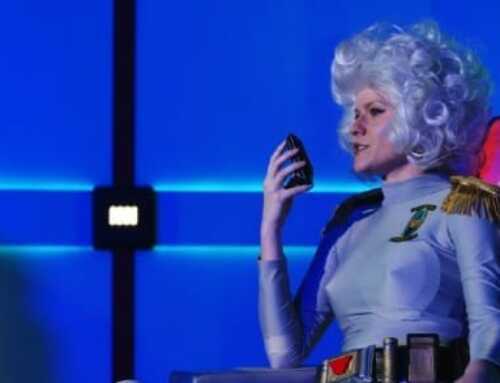
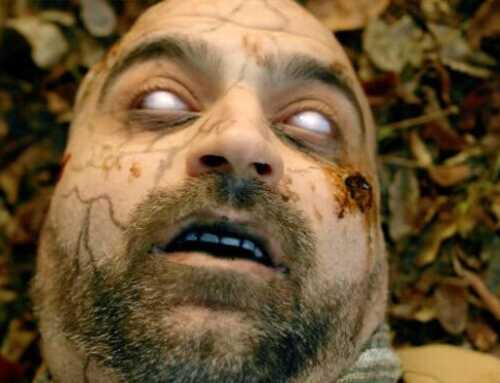
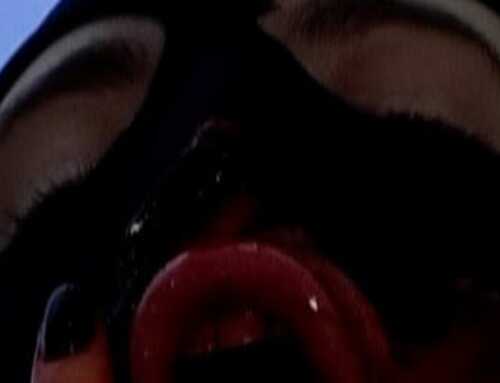

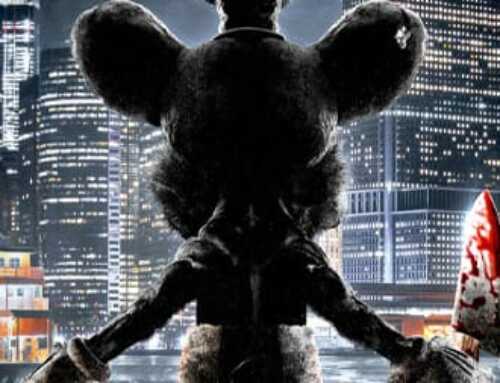
[…] Alexander Thompson Source link […]